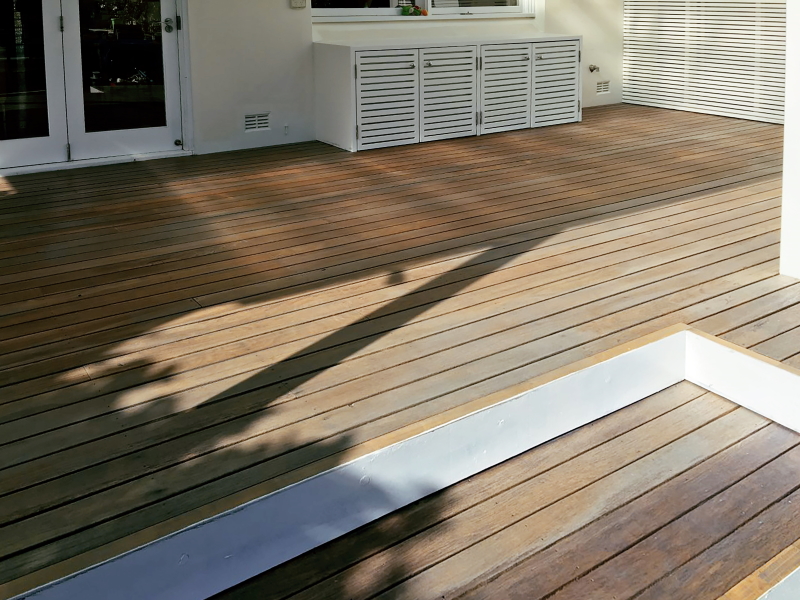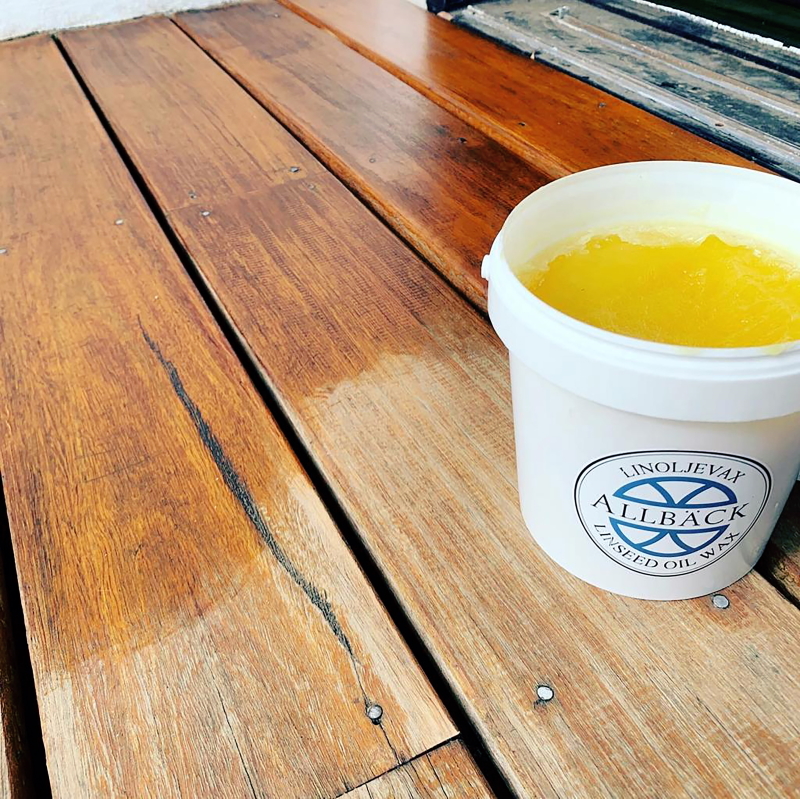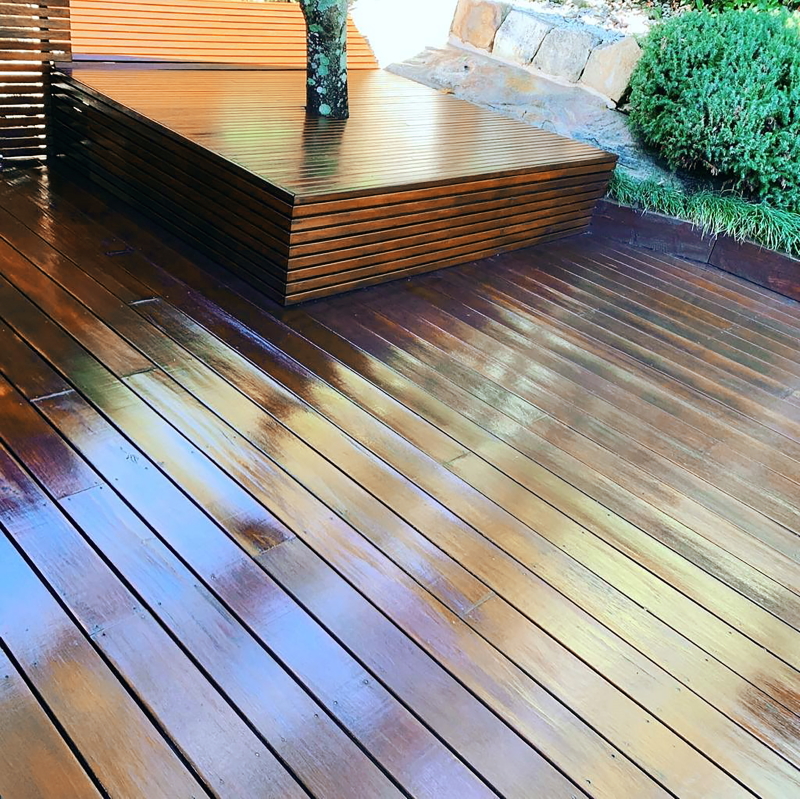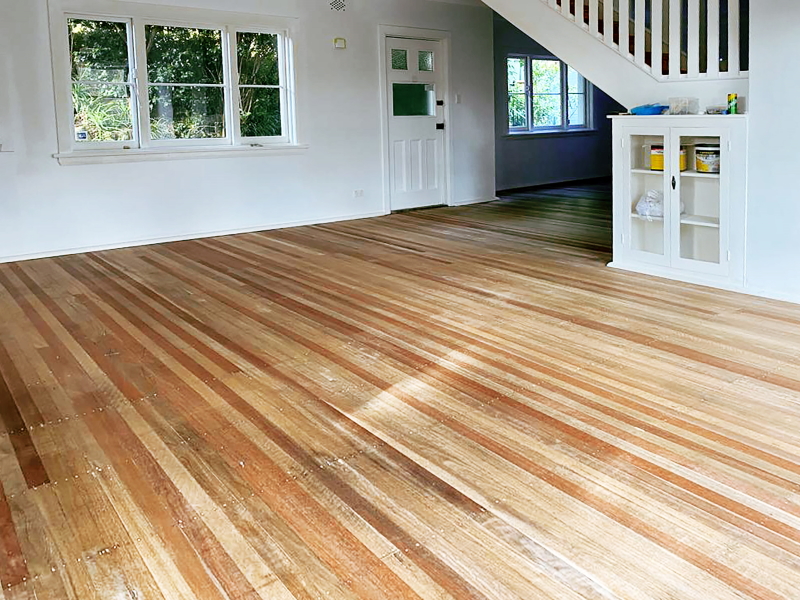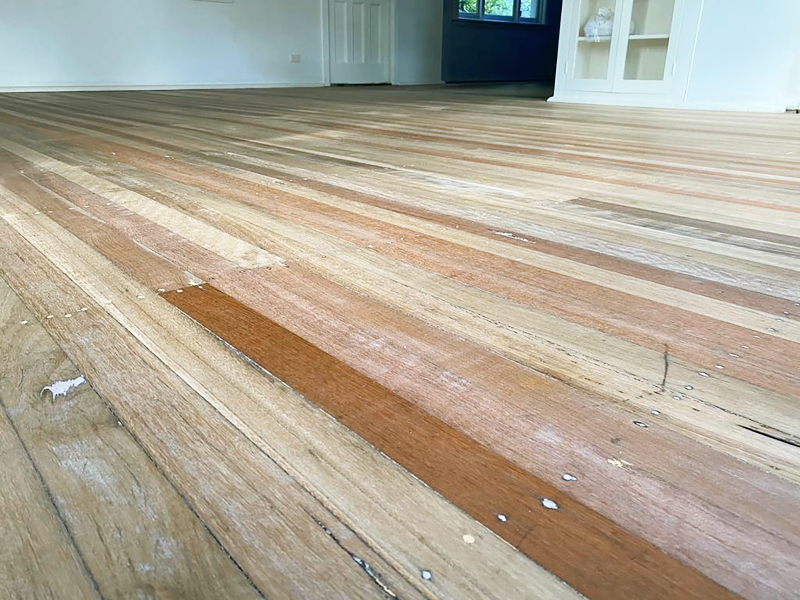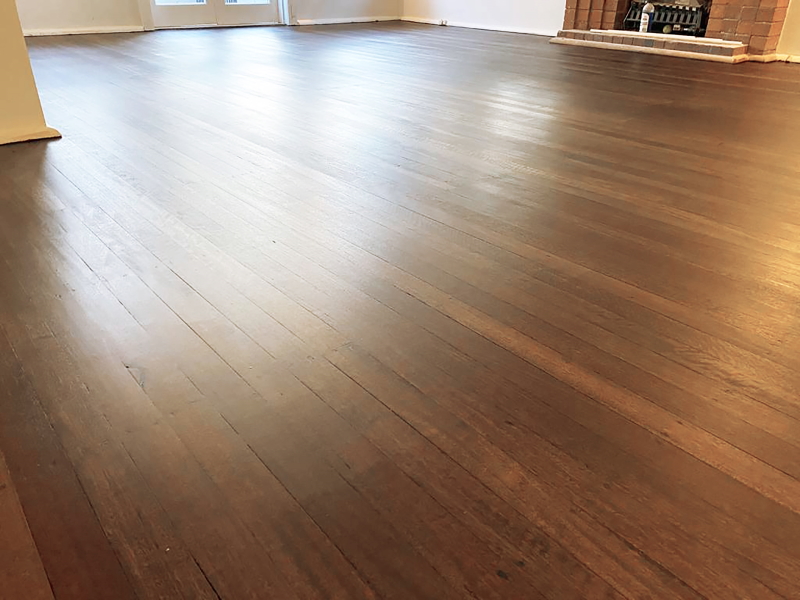Wood Surface Finishing & French Polishing
INTERIOR WOOD SURFACE FINISHING
Timber is a beautiful, versatile building material that’s been used for thousands of years to construct a range of items including furniture, doors, windows, floors, and etc. However, in order to keep timber the furniture or floors functioning at their best, they need to be protected from things like weathering, moisture, abrasion, chemicals, mould and fungi. Timber finishing can help to not only protect the surface of a wooden furniture or floor but embellish its properties as well.
Timber finishing refers to the process of embellishing and/or protecting the surface of a wooden material. The process starts with surface preparation, either by sanding, scraping, or planing. Imperfections or nail holes on the surface may be filled using wood putty or pores may be filled using wood filler, the wood’s colour is changed by a variety of techniques that typically involve staining, bleaching or ammonia fuming. Note that some woods such as pine or cherry do not absorb stain evenly, which results in “blotching”. To avoid blotching, a barrier coat such as shellac or a conditioner should be applied before the stain. Gel stains can also be used to avoid blotching.
Once the wood surface is prepared and stained, a number of coats of finish may be applied, often sanding between coats. Commonly used wood finishes include wax, shellac, drying oils (such a linseed oil or tung oil) lacquer or paint. Other finishes called “oil finish” or “Danish oil” are actually thin varnishes with a relatively large amount of oil and solvent. Water-based finishes can cause what is called “raising the grain” where surface fuzz emerges and requires sanding down.
Finally the surface may be polished buffed using steel wool, pumice, rotten stone and other polishing or rubbing compounds depending on the shine desired. Often, a final coat of wax can be applied over the finish to add a slight amount of protection.
Special tools used to apply wood finishes include rags, rubbing pads, brushes and spray guns. Timber finishes are constantly being improved and new options developed. please contact us to speak about the best option for your wood surface finishing.
EXTERIOR WOOD SURFACE FINISHING
We also have a specialized long-nosed edging machine to reach in under your handrails to complete a professional deck restoration.
Sikkens Deck is a premium oil-based timber coating offering excellent weather resistance for the harsh outdoor environment Sydney decks endure. It is a high water repellent, UV resistant, exterior deck finish with a satin appearance that allows the wood grain to remain visible.
Decking Oil is an economical floor sanding deck finish but requires more frequent applications to maintain the condition of your wooden deck after the floor sanding process.
Both the above exterior timber deck finishes have their advantages and disadvantages.
The timber finish on outdoor timber decks do not last as long as interior finishes due to the harsh ultraviolet light it receives. If decks are not maintained the finish deteriorates and eventually flakes off leaving the raw timber deck exposed and vulnerable to timber rot. Damaged timber boards can lead to the timber deck needing a more expensive repair or replacement.
Restore your deck to its absolute best with Sydney Paint Stripping.
All jobs are comprehensively tested to determine the best removal method so your property remains undamaged in the process. All work is conducted to ISO9001 Quality Standards.
We love the environment and have successfully performed many delicate environmental clean-up jobs.

